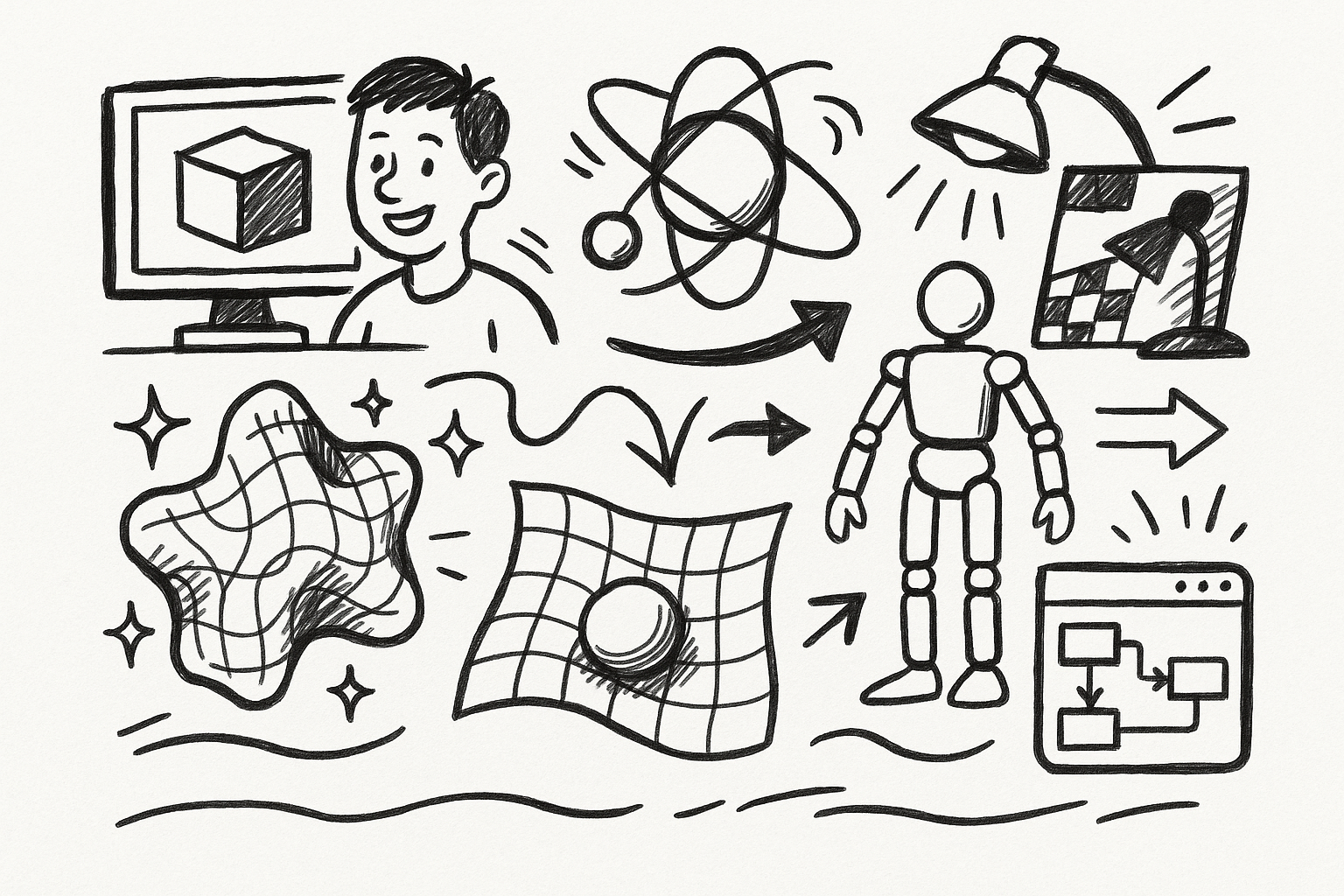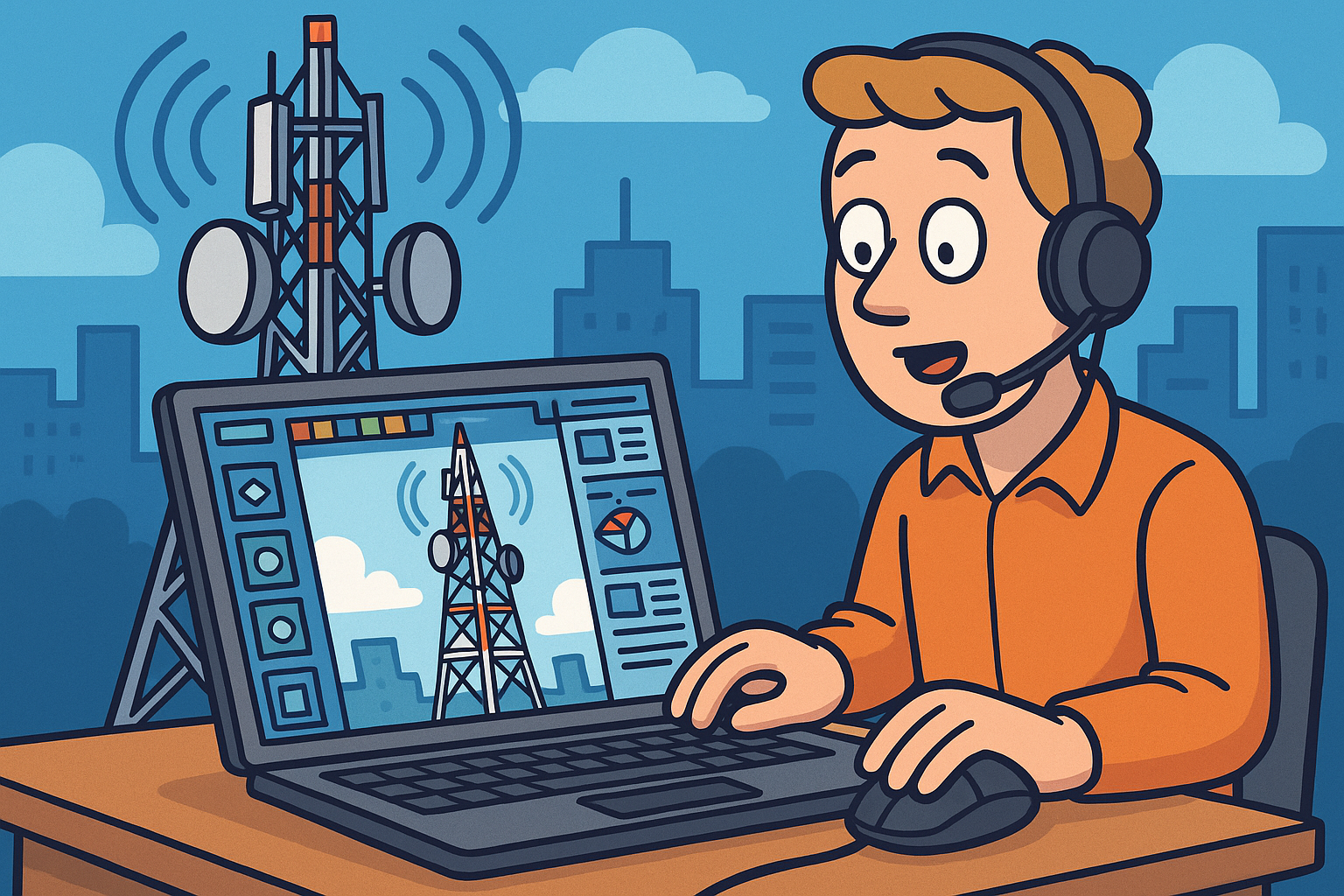Your Cart is Empty
Customer Testimonials
-
"Great customer service. The folks at Novedge were super helpful in navigating a somewhat complicated order including software upgrades and serial numbers in various stages of inactivity. They were friendly and helpful throughout the process.."
Ruben Ruckmark
"Quick & very helpful. We have been using Novedge for years and are very happy with their quick service when we need to make a purchase and excellent support resolving any issues."
Will Woodson
"Scott is the best. He reminds me about subscriptions dates, guides me in the correct direction for updates. He always responds promptly to me. He is literally the reason I continue to work with Novedge and will do so in the future."
Edward Mchugh
"Calvin Lok is “the man”. After my purchase of Sketchup 2021, he called me and provided step-by-step instructions to ease me through difficulties I was having with the setup of my new software."
Mike Borzage
Evolving Design: The Impact and Integration of 3D Scanning Technology in Modern Design Processes
June 29, 2024 3 min read


Introduction to 3D Scanning and Design
3D scanning technology has revolutionized the design industry by enabling the digitization of physical objects into high-precision digital models. This technology, which captures the shape of an object using laser or light to measure distance between the scanner and the object, has a rich history, evolving significantly since its inception. From its early days in engineering applications to its widespread use across various fields such as product design, fashion, and architecture, 3D scanning has proven to be an indispensable tool in the arsenal of designers and engineers.
The Synergy between 3D Scanning and Design Software
Integrating 3D scanning with design software creates a seamless workflow that significantly enhances the efficiency and effectiveness of design processes. This synergy allows for the creation of highly accurate and detailed models that can be manipulated, analyzed, and optimized in design software. Although specific projects and outcomes vary, the collaboration between 3D scanning and design software is evident in the customization it allows in various sectors, from bespoke automotive components to tailored fashion apparel.
Comparatively, traditional design processes often rely on manual measurements and iterative prototyping, which can be time-consuming and less precise. The advent of 3D scanning technologies has propelled the design industry into a new era where accuracy, efficiency, and customization are greatly enhanced.
Advancements and Innovations in 3D Scanning for Design
The field of 3D scanning is constantly evolving, with recent advancements being largely propelled by the integration of artificial intelligence (AI) and machine learning algorithms. These technologies have made it possible to enhance the speed and accuracy of 3D scanners, enabling them to capture data in greater detail and with less user intervention. As we look to the future, it's clear that the convergence of 3D scanning and AI will continue to push the boundaries of what's possible in design and manufacturing.
- Increased automation in the scanning process, reducing the need for manual intervention.
- Enhanced ability to scan complex and intricate objects with higher precision.
- Improved integration with design and manufacturing software, streamlining the workflow from concept to production.
Practical Applications and Best Practices
Incorporating 3D scanning into the design workflow can seem daunting at first, but by following a step-by-step approach, designers can leverage this technology to achieve remarkable results. Starting with the selection of the appropriate 3D scanner based on the project's needs, to the actual scanning process, and finally the integration of the scanned data with design software, each step is crucial for the success of the project.
To ensure optimal results with 3D scanning in design projects, consider the following best practices:
- Always calibrate your 3D scanner according to the manufacturer's guidelines to ensure accuracy.
- Choose the right resolution setting for your project – higher for detailed objects, lower for larger, less detailed items.
- Ensure adequate lighting conditions to maximize the quality of the scan data.
Popular 3D scanning software and tools in the market include Autodesk's ReCap for reality capture, Agisoft Metashape for photogrammetry, and FARO's SCENE for industrial applications. Staying informed about the latest developments in these technologies is crucial for designers and engineers looking to harness the full potential of 3D scanning in their work.
In conclusion, the impact of 3D scanning technology on the design industry cannot be overstated. Its ability to accurately capture the physical world in digital form has transformed traditional design processes, enabling unprecedented levels of precision and efficiency. As we look ahead, the ongoing advancements in 3D scanning technology promise to further enhance its synergy with design software, opening up new possibilities for innovation across a wide range of applications.
Also in Design News

Revolutionizing 3D Design: Exploring Five Groundbreaking Innovations in Cinema 4D
August 31, 2025 4 min read
Read More
Revolutionizing Telecommunications: The Rise of Advanced Design Software
August 31, 2025 16 min read
Read More
Cinema 4D Tip: Optimizing 2D Matte Integration with Projection Man in Cinema 4D
August 31, 2025 3 min read
Read MoreSubscribe
Sign up to get the latest on sales, new releases and more …


